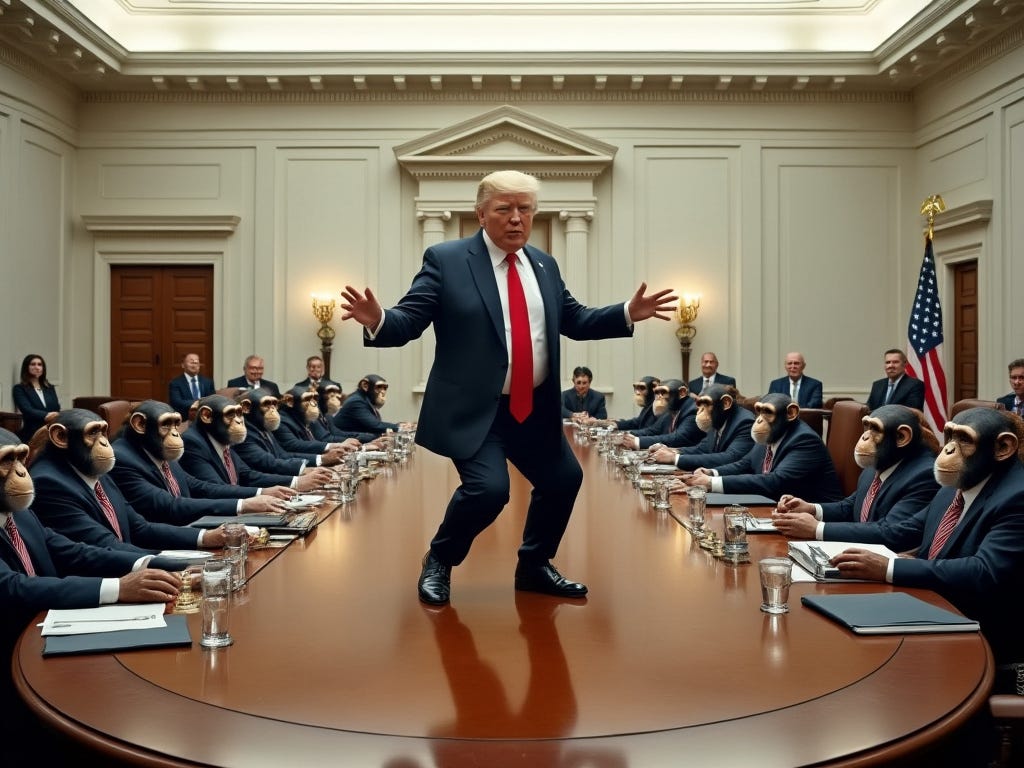Observations: Revealed preference meets real limits, Part I
The Fed’s preferences, reality & a future under Donald Trump
Revealed preference theory is a concept in Economics that seems so obvious to non-economists as to elicit a teenaged “Well, duh!” in response. If I observe that you buy a lot of donuts, you must like donuts, i.e. you have revealed your preferences. While Paul Samuelson developed the theory to help economists define consumers’ “utility” of consumption and estimate their demand curves – exercises that are not simple – revealed preference also can be used to test hypotheses regarding the preferences of individuals or entities whose objectives are either difficult to read or are intentionally hidden.
But preferences aren’t always met. I’d like to call Villa Leopolda my home, but even if it were for sale I couldn’t afford it. Forecasting requires knowledge of both intent and limits.
For a range of important decision makers in economic policy, politics and geopolitics, recent weeks have been dense in both revelations of their preferences and confrontations with reality. Here in Part I, I’m going to focus on what we’ve learned about the path of US monetary policy through yearend and into the next administration. How quickly will it take the Fed to back away from its September policy error and what market opportunities does that present? In Part II, I’ll tackle some of the political and geopolitical lessons in Part II.




